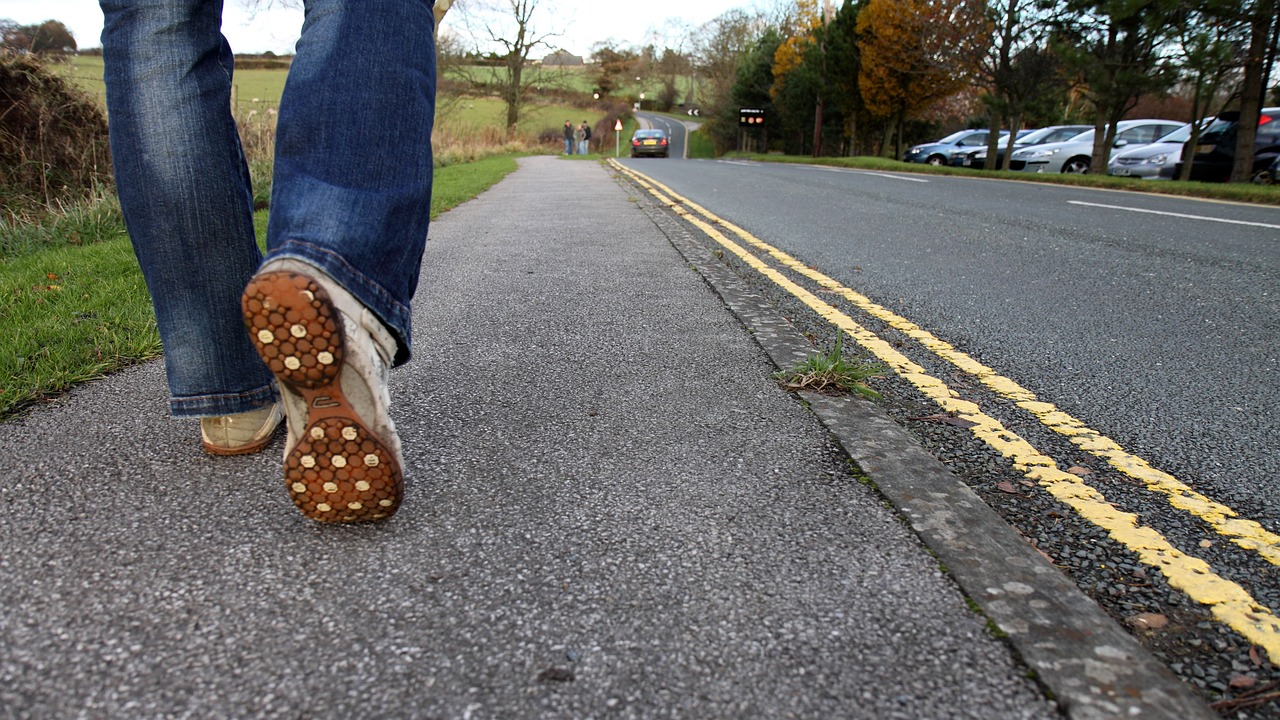Exploring the Impact of Automotive Paint on Vehicle Steering Response
betbhai9 com whatsapp number, playexch in live login, lotus365 vip login: When it comes to automotive design, one of the most crucial yet often overlooked factors is the impact of automotive paint on vehicle steering response. The color and type of paint used on a vehicle can actually have a direct effect on how it handles on the road. In this article, we will explore this fascinating topic and delve into the science behind it.
The Type of Paint Matters
Believe it or not, the type of paint used on a vehicle can impact its steering response. This is because different types of paint have varying levels of friction when in contact with the air. For example, metallic paints tend to have a smoother finish, which can reduce drag and improve aerodynamics. On the other hand, matte paints have a rougher texture, which can create more resistance and potentially affect steering responsiveness.
The Color Can Make a Difference
In addition to the type of paint, the color of a vehicle can also play a role in steering response. Dark colors such as black or navy blue tend to absorb more heat from the sun, which can cause the metal components of a car to expand and contract at different rates. This can lead to subtle changes in the alignment of the wheels, affecting how the vehicle responds to steering inputs. Lighter colors, on the other hand, reflect heat more efficiently, reducing the likelihood of these temperature-induced alignment issues.
The Role of Paint Thickness
Another factor to consider is the thickness of the paint applied to a vehicle. Thicker layers of paint can add weight to a car, which can affect its overall balance and handling. Additionally, if the paint is applied unevenly or in multiple layers, this can create inconsistencies in the surface of the car, leading to airflow disruptions that can impact steering response. It’s essential for automotive manufacturers to carefully control the thickness and application of paint to ensure optimal performance on the road.
The Importance of Paint Quality
When it comes to steering response, the quality of the paint used on a vehicle is paramount. High-quality paints are more likely to provide a smooth and consistent finish, reducing drag and improving aerodynamics. Additionally, premium paints tend to be more durable and resistant to environmental factors such as UV exposure, which can cause color fading and surface degradation over time. Investing in high-quality paint can ultimately lead to better steering response and overall driving performance.
Environmental Factors
It’s also important to consider the impact of environmental factors on automotive paint and steering response. For example, exposure to harsh weather conditions such as extreme heat or cold can cause paint to expand or contract, leading to potential issues with alignment and steering. Additionally, exposure to road salt, chemicals, and debris can cause paint damage and corrosion, further affecting the aerodynamics and performance of a vehicle. Regular maintenance and care of automotive paint are essential to ensure optimal steering response and vehicle longevity.
FAQs
Q: Can I improve my vehicle’s steering response by choosing a specific paint color?
A: While paint color can have some impact on steering response, the effects are relatively subtle compared to other factors such as tire pressure and alignment. It’s always best to prioritize proper maintenance and care of your vehicle’s components for optimal performance.
Q: Does the brand of paint used on a vehicle make a difference in steering response?
A: Yes, the quality of the paint can impact steering response. It’s essential to choose high-quality paints that provide a smooth and consistent finish to minimize drag and improve aerodynamics.
Q: How often should I repaint my vehicle to maintain optimal steering response?
A: The frequency of repainting will depend on various factors such as the quality of the original paint job, environmental conditions, and overall wear and tear. It’s best to consult with a professional automotive painter to determine the ideal repainting schedule for your vehicle.
In conclusion, automotive paint plays a significant role in vehicle steering response. Factors such as paint type, color, thickness, and quality can all influence how a car handles on the road. By understanding these dynamics and taking proactive measures to maintain and care for automotive paint, drivers can ensure optimal performance and safety behind the wheel.







